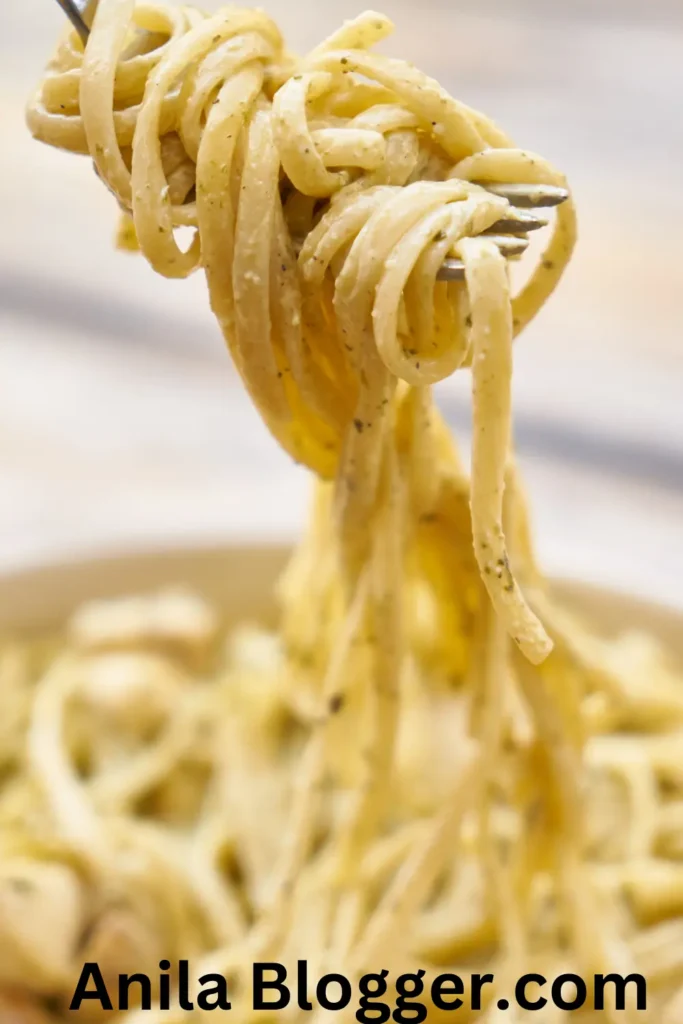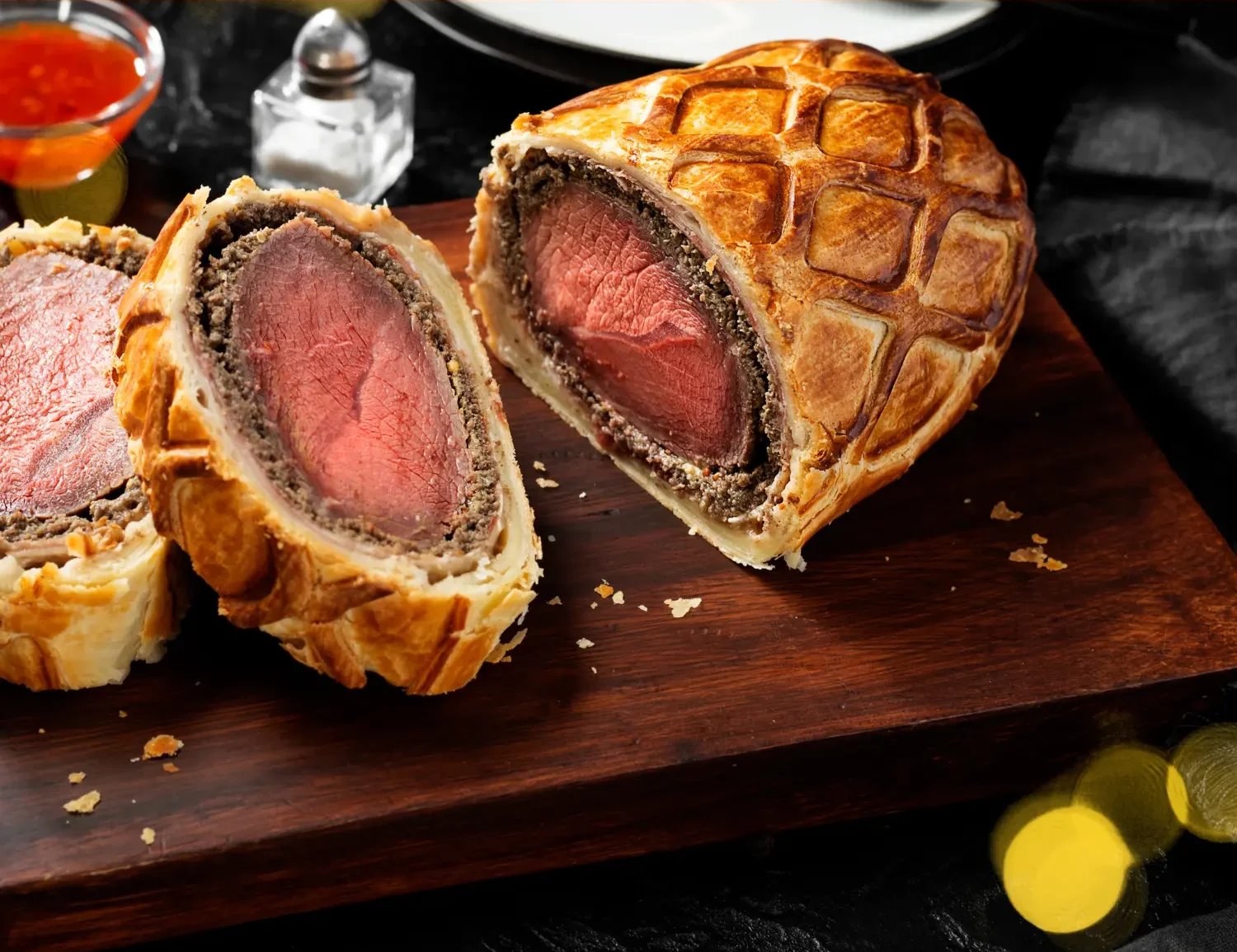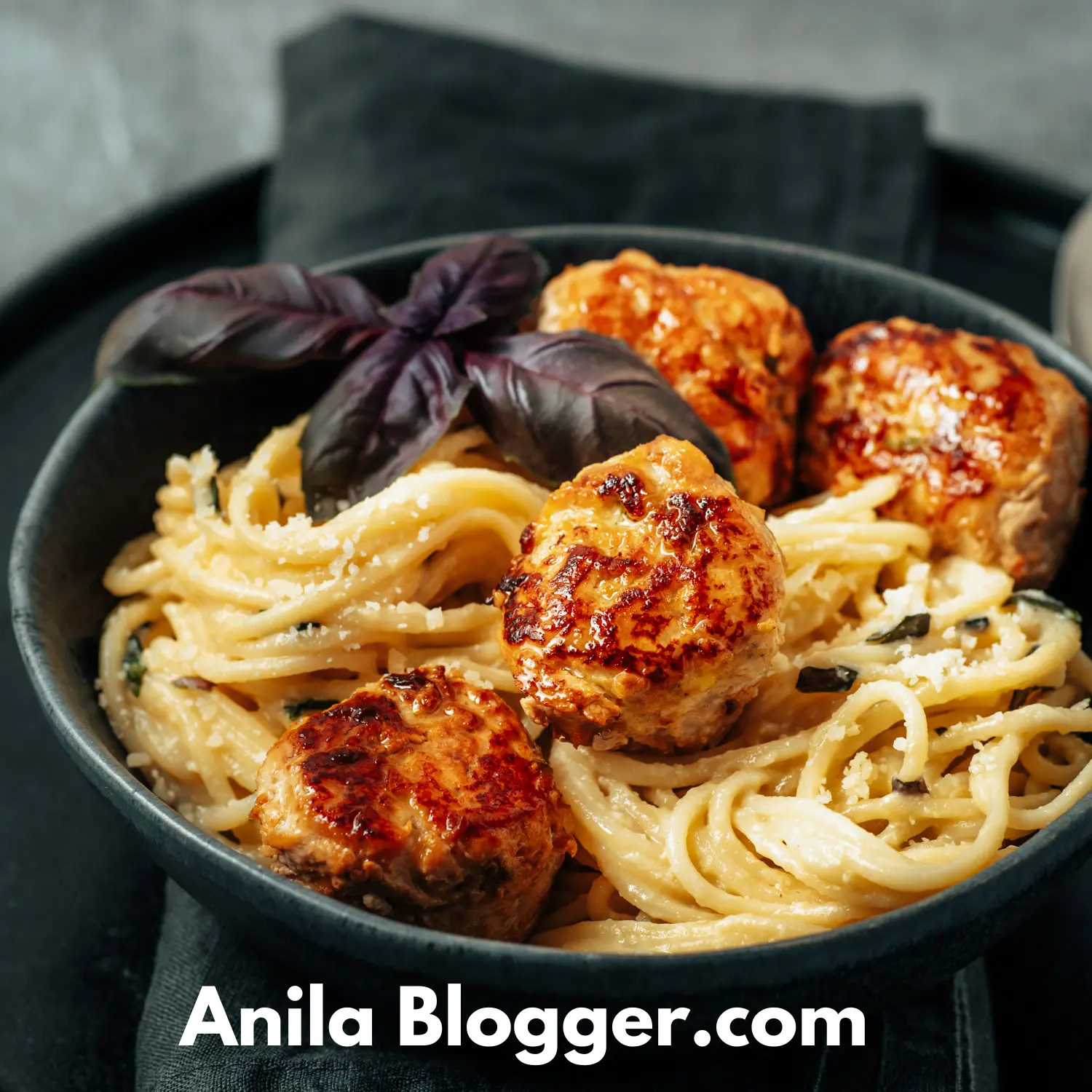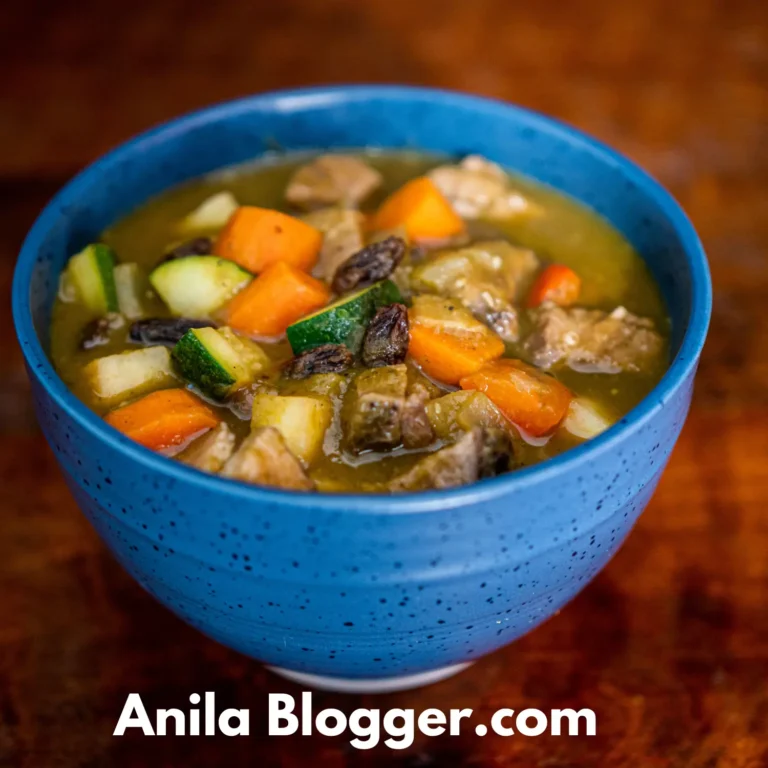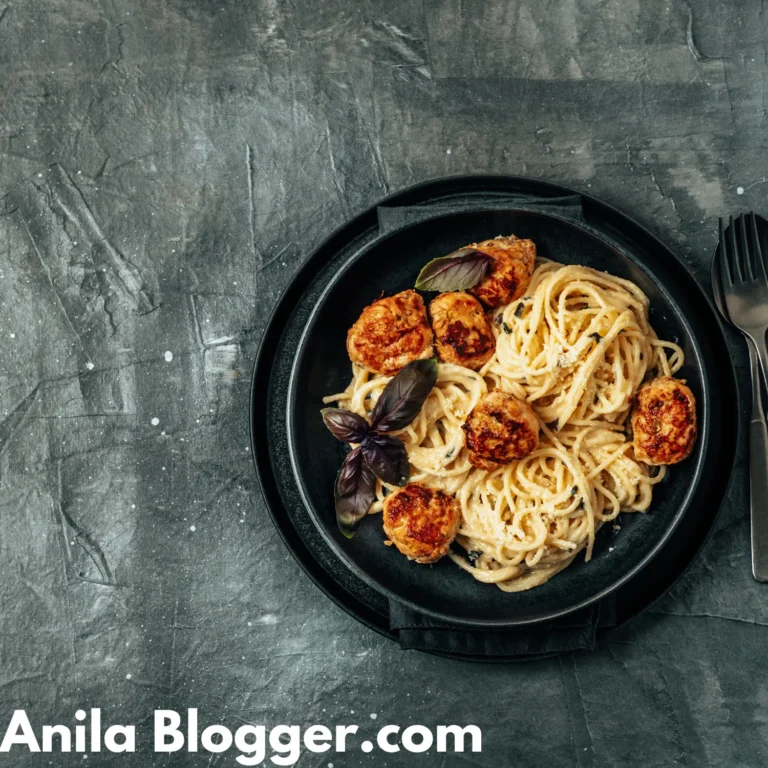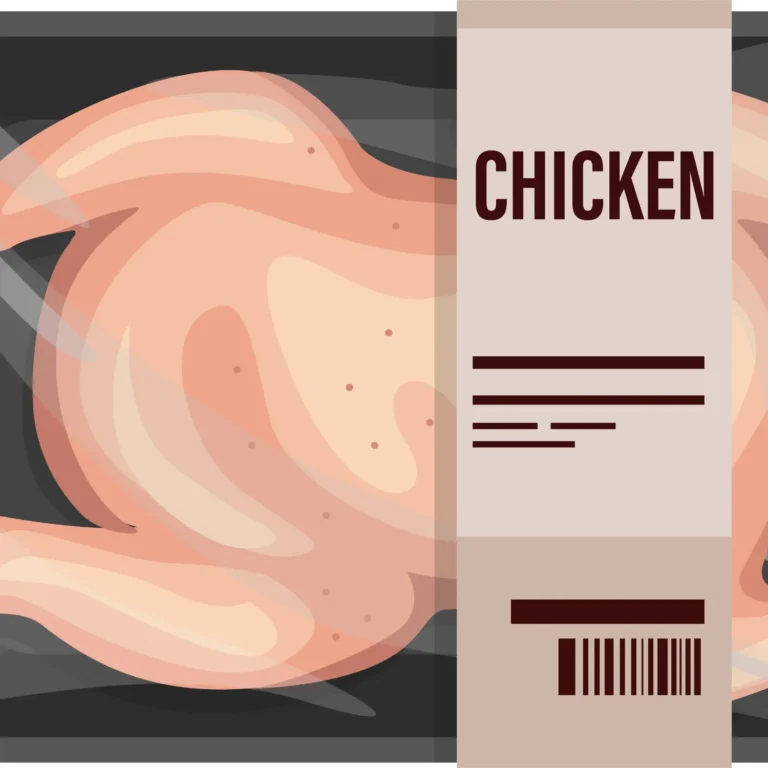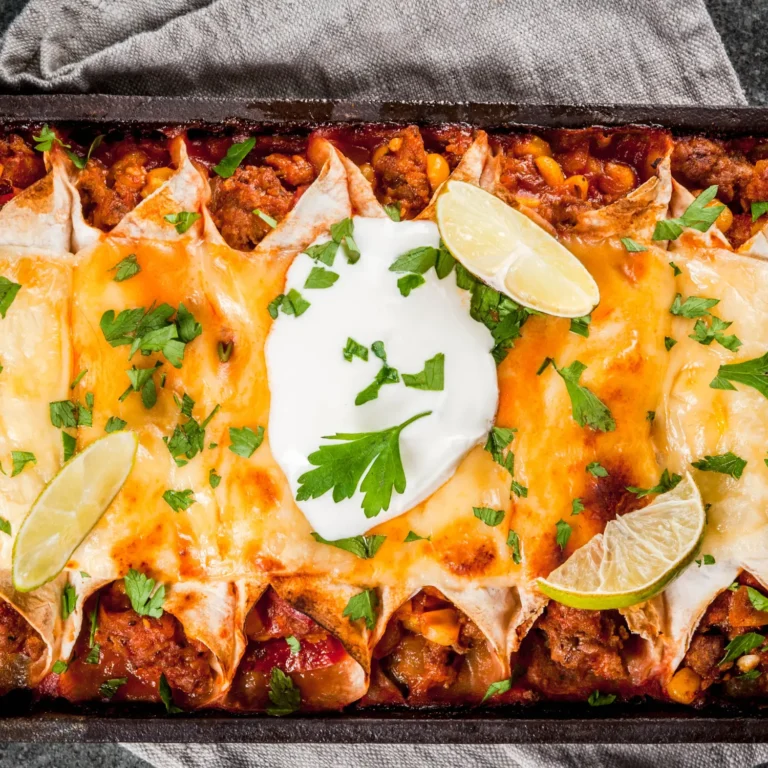Classic Pasta Carbonara: A Roman Masterpiece on Your Plate
Pasta carbonara is more than just a dish; it’s a culinary masterpiece that originated in the heart of Rome, Italy. This classic Italian pasta dish boasts a rich history and an exquisite flavor profile that has captivated taste buds around the world.
Table of Contents
What is Pasta Carbonara?
Pasta carbonara is a beloved Italian pasta dish made with simple yet flavorful ingredients. Traditionally, it consists of pasta, eggs, Pecorino Romano cheese, guanciale (or pancetta), and black pepper. The creamy sauce is created by emulsifying eggs and cheese, resulting in a velvety texture that coats the pasta strands.
Origin and history of Pasta Carbonara
The exact origins of Pasta Carbonara are shrouded in mystery, with several theories suggesting its creation during or after World War II. Some believe it was invented by Italian charcoal workers (carbone means charcoal in Italian), while others attribute its creation to American soldiers stationed in Italy who adapted it from local recipes.
Ingredients for Classic Pasta Carbonara
To make authentic Pasta Carbonara, you will need the following ingredients:
- Spaghetti or rigatoni pasta
- Eggs
- Pecorino Romano cheese
- Guanciale or pancetta
- Black pepper
Traditional ingredients
The traditional recipe calls for guanciale, a cured meat made from pork jowl, which imparts a unique flavor to the dish. However, pancetta is commonly used as a substitute in many recipes.
| Aspect | Description |
| Origin | Rome, Italy |
| Main Ingredients | Pasta (spaghetti or rigatoni), eggs, Pecorino Romano cheese, guanciale or pancetta, and black pepper |
| Flavor Profile | Creamy, rich, and savory, with hints of salty and peppery notes |
| Cooking Method | Tossing hot pasta with crispy guanciale or pancetta, eggs, and cheese mixture |
| Traditional Pairing | Crisp white wine (e.g., Pinot Grigio) or light Italian red wine |
| Serving Style | Individual portions served in shallow bowls, garnished with black pepper and grated cheese |
| Cultural Significance | Symbolizes warmth, comfort, and culinary heritage in Italian cuisine |
| Popular Variations | Incorporation of additional ingredients like mushrooms, peas, or cream |
| Common Misconceptions | Belief that cream or chicken is used in authentic Pasta Carbonara |
| Health Considerations | High in calories and fat due to eggs, cheese, and meat, but provides essential nutrients |
This table provides a concise overview of the origins, ingredients, flavor profile, cooking method, serving style, cultural significance, variations, misconceptions, health considerations, and traditional pairings of Classic Pasta Carbonara.
Cooking Method for Authentic Pasta Carbonara
Achieving the perfect Pasta Carbonara requires careful attention to detail and technique. Here’s a step-by-step guide to making this classic dish:
- Cook the pasta in a pot of salted, boiling water until al dente.
- While the pasta is cooking, heat a skillet over medium heat and add the guanciale or pancetta. Cook until crispy and golden brown.
- In a separate bowl, whisk together eggs, grated Pecorino Romano cheese, and freshly ground black pepper.
- Once the pasta is cooked, drain it and immediately add it to the skillet with the cooked guanciale or pancetta.
- Remove the skillet from heat and quickly pour the egg and cheese mixture over the hot pasta. Toss well to coat the pasta evenly.
- The residual heat from the pasta will cook the eggs, creating a creamy sauce. If the sauce is too thick, you can add a splash of pasta cooking water to loosen it.
Tips for achieving the perfect texture and flavor
- Use high-quality ingredients for the best flavor.
- Cook the pasta just until al dente to prevent it from becoming mushy.
- Reserve some pasta cooking water to adjust the consistency of the sauce if needed.
- Serve immediately to enjoy the creamy texture at its best.
Serving and Presentation
Presentation plays a crucial role in elevating the dining experience of Pasta Carbonara. Here are some tips for serving and presenting this classic dish:
- Twirl the pasta strands using tongs to create a visually appealing presentation.
- Garnish with freshly cracked black pepper and additional grated Pecorino Romano cheese for added flavor.
- Serve in shallow bowls to showcase the creamy sauce.
- Pair it with a crisp white wine or a light Italian red wine for the perfect accompaniment.
Popular Myths and Misconceptions
Despite its popularity, Pasta Carbonara is often subject to misconceptions and myths. Let’s debunk some of the common misconceptions surrounding this iconic dish:
Myth: Cream is used in authentic Pasta Carbonara.
Fact: Traditional Pasta Carbonara does not contain cream. The creamy texture is achieved by emulsifying eggs and cheese.
Myth: Carbonara should be served with chicken.
Fact: Authentic Pasta Carbonara is made with guanciale or pancetta, not chicken.
Myth: Adding garlic and onions enhances the flavor of carbonara.
Fact: Traditional Pasta Carbonara is made with only a few simple ingredients, and garlic and onions are not part of the traditional recipe.
Health Considerations
While Pasta Carbonara is undeniably delicious, it’s essential to consider its nutritional aspects and health implications:
- Pasta carbonara is a rich and indulgent dish, with eggs and cheese contributing to its high calorie and fat content.
- However, it also provides essential nutrients such as protein and calcium.
- For a lighter version, you can use whole wheat pasta and reduce the amount of cheese and meat.
Variations Around the World
While the traditional recipe for Pasta Carbonara remains unchanged, there are countless variations and interpretations of this classic dish.
- Variations with additional ingredients such as mushrooms, peas, and cream are popular in the United States.
- In Japan, Pasta Carbonara is often served with nori (seaweed) and bonito flakes, adding a unique twist to the dish.
Tips for Making the Best Pasta Carbonara
Mastering the art of Pasta Carbonara requires practice and attention to detail.
- Use freshly grated Pecorino Romano cheese for the best flavor.
- Be careful not to scramble the eggs when adding them to the hot pasta.
- Experiment with different pasta shapes and varieties to discover your favorite combination.
Celebrity Chefs and their Take on Pasta Carbonara
Renowned chefs around the world have put their spin on Pasta Carbonara:
- Chef Jamie Oliver adds peas and mint to his Pasta Carbonara for a fresh twist on the classic recipe.
- Chef Massimo Bottura of Osteria Francescana in Modena, Italy, serves a deconstructed version of Pasta Carbonara, showcasing the individual components in an innovative presentation.
Conclusion
Pasta carbonara is more than just a dish; it’s a culinary journey that celebrates the rich flavors and traditions of Italian cuisine. Whether enjoyed in a cozy trattoria in Rome or homemade in your kitchen, Pasta Carbonara is sure to delight your taste buds and transport you to the streets of Italy with every bite
Frequently Asked Questions (FAQs)
Is pasta carbonara difficult to make?
While Pasta Carbonara requires precision and attention to detail, it is relatively simple to make with practice.
Can I use bacon instead of guanciale or pancetta?
Yes, bacon can be used as a substitute for guanciale or pancetta, although the flavor profile may differ slightly.
Can I make pasta carbonara without eggs?
Eggs are essential for creating the creamy sauce in Pasta Carbonara. However, there are vegan alternatives available using ingredients like tofu or cashews.
Save this pin!
